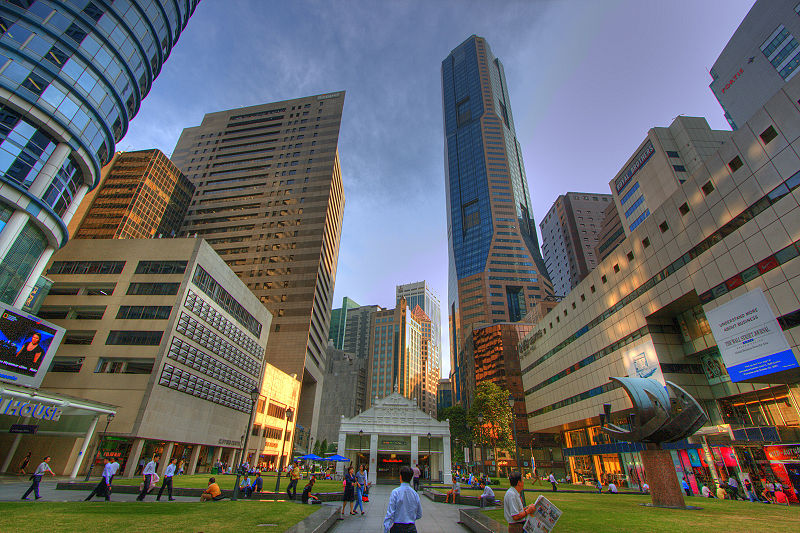It’s been 17 years since Wired sent sci-fi legend William Gibson to chronicle the spotless dystopia that is modern Singapore, but it’s hard to believe much has changed. The resulting article, “Disneyland with the Death Penalty,” looks at a country that’s run with the brutal efficiency of a corporate theme park, and one that has disappeared any trace of its own history. An excerpt:
“Singapore is a relentlessly G-rated experience, micromanaged by a state that has the look and feel of a very large corporation. If IBM had ever bothered to actually possess a physical country, that country might have had a lot in common with Singapore. There’s a certain white-shirted constraint, an absolute humorlessness in the way Singapore Ltd. operates; conformity here is the prime directive, and the fuzzier brands of creativity are in extremely short supply.
The physical past here has almost entirely vanished.
There is no slack in Singapore. Imagine an Asian version of Zurich operating as an offshore capsule at the foot of Malaysia; an affluent microcosm whose citizens inhabit something that feels like, well, Disneyland. Disneyland with the death penalty.

But Disneyland wasn’t built atop an equally peculiar 19th-century theme park – something constructed to meet both the romantic longings and purely mercantile needs of the British Empire. Modern Singapore was – bits of the Victorian construct, dressed in spanking-fresh paint, protrude at quaint angles from the white-flanked glitter of the neo-Gernsbackian metropolis. These few very deliberate fragments of historical texture serve as a reminder of just how deliciously odd an entrepot Singapore once was – a product of Empire kinkier even than Hong Kong.
The sensation of trying to connect psychically with the old Singapore is rather painful, as though Disneyland’s New Orleans Square had been erected on the site of the actual French Quarter, obliterating it in the process but leaving in its place a glassy simulacrum. The facades of the remaining Victorian shop-houses recall Covent Garden on some impossibly bright London day. I took several solitary, jet-lagged walks at dawn, when a city’s ghosts tend to be most visible, but there was very little to be seen of previous realities: Joss stick smouldering in an old brass holder on the white-painted column of a shop-house; a mirror positioned above the door of a supplier of electrical goods, set to snare and deflect the evil that travels in a straight line; a rusty trishaw, chained to a freshly painted iron railing. The physical past, here, has almost entirely vanished.”
Tags: Hugo Gernsback, William Gibson

